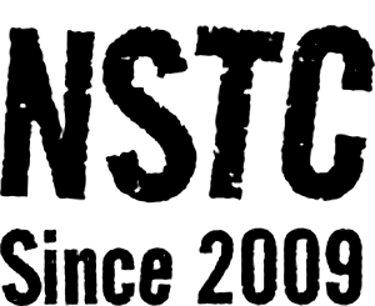Russia Witnesses a 6% Rise in Masterbatch Production
As the year progresses, Russia anticipates a potential surge in masterbatch production, with projections suggesting a volume of around 108 thousand tons by the end of 2023. This estimation reflects a notable increase of 6%, continuing the positive trajectory observed in the sector.
3/4/20252 min read


As the year progresses, Russia is poised to witness a notable rise in masterbatch production, with forecasts estimating a total output of approximately 108 thousand tons by the end of 2023. This represents a 6% increase, continuing the upward trend observed in the industry.
Masterbatches play a crucial role in the plastics industry, serving as concentrated mixtures of pigments, dyes, and other active ingredients that enhance the properties or colors of plastic products. While several companies in Russia are engaged in masterbatch manufacturing, it is important to note that domestic producers still depend on foreign sources for pigments.
The expansion of masterbatch production facilities in Russia remains an ongoing trend. One significant development is the Aleko group of companies, which launched the production of chalk additives and white masterbatches in December 2022. Located in the Rostov region, this facility has an annual production capacity of 25 thousand tons.
Despite an oversupply in the market, Russian polymer and polymer product manufacturers continue to rely heavily on imported masterbatches. Industry expert Dmitry Zaitsev highlighted the substantial use of imported masterbatches, although imports have been gradually declining. Between 2019 and 2022, the share of imported masterbatches in the Russian market fell from 37% to 30%. The withdrawal of European and American suppliers in 2022 and 2023 further reshaped the market, paving the way for increased participation by Asian companies.
In 2021, Russia's primary sources of masterbatch imports included Spain (29%), Ecuador (20%), Austria (11%), Italy (10%), and Belgium (9%). However, by 2023, the import landscape had shifted significantly. China emerged as the leading supplier, accounting for 32% of imports, followed by Singapore at 28%, Turkey at 17%, and India at 8%.
The evolving dynamics of masterbatch imports highlight the shifting global trade landscape, with Russian manufacturers adapting to new sources to maintain quality and cost efficiency in polymer production.
Russia’s masterbatch industry is undergoing substantial transformation, driven by increasing domestic production and changes in import sources. The expansion of local manufacturing capabilities, as demonstrated by the Aleko group, reflects efforts to achieve self-sufficiency and reduce reliance on foreign suppliers. As the industry evolves, strategic market positioning and shifts in import structures will continue to shape the future of Russia's masterbatch sector.
